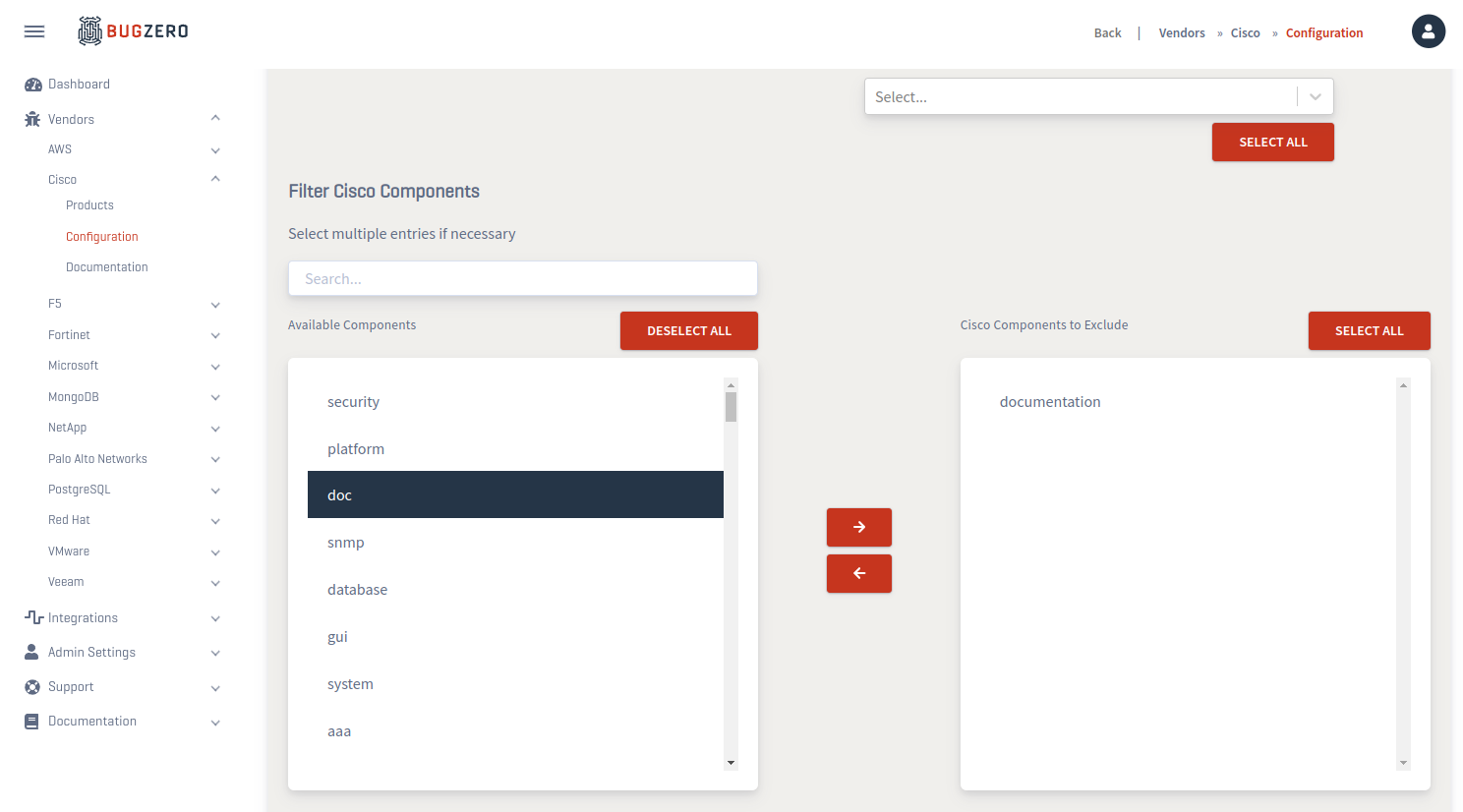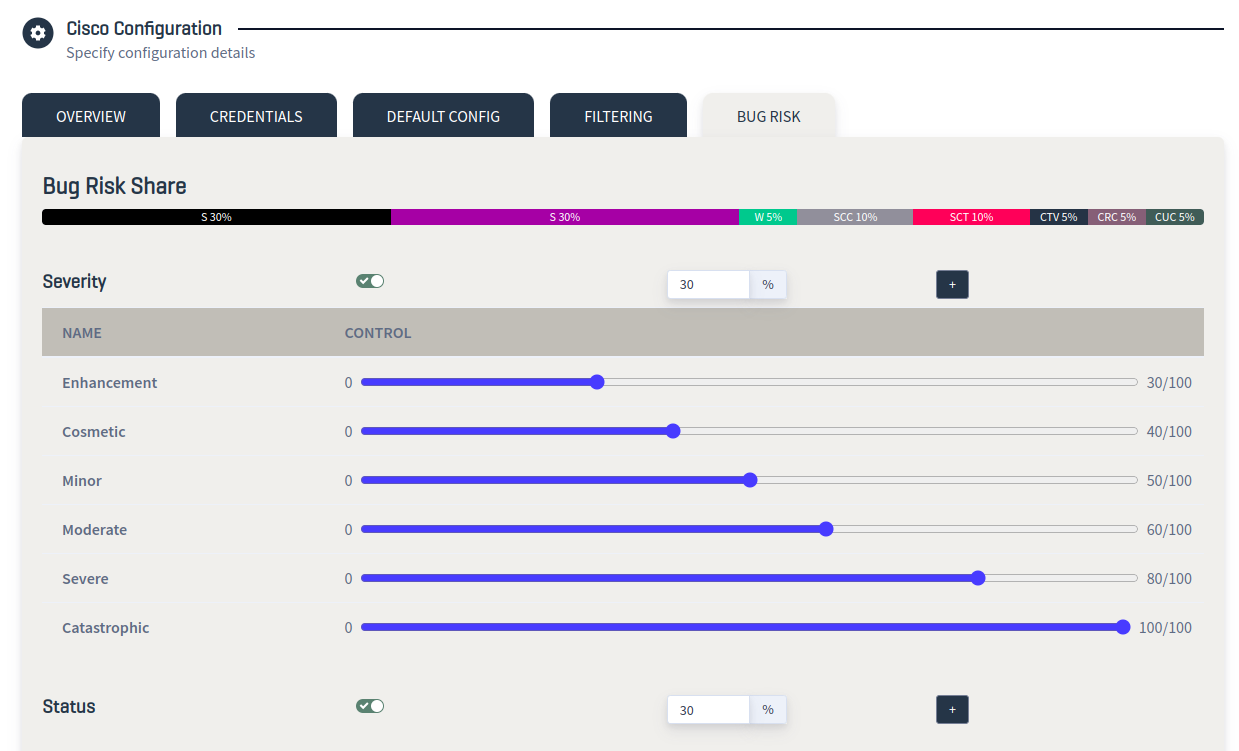

Miles Lancaster
November 1st, 2023
In an organization’s technology stack, operational defects – commonly known as software bugs – can range from minor inconveniences to a full-blown crisis that jeopardizes your entire business.
But it can be exhausting and time-consuming to sift through the noise and prioritize what needs to be fixed. The team at BugZero are IT Operations veterans and we get it. No number of humans could ever keep up with the amount of data that needs crunching!
Gauging the severity of these bugs is not just important, it's critical for maintaining a functioning environment. So how do you distinguish between a minor bug and one that could cause major downtime?
To answer this question, we’ve developed a Bug Risk Score that calculates both the urgency and the severity of a bug. Utilizing standard prioritization metrics, our risk score helps you allocate your resources wisely – ensuring that the most critical bugs are dealt with first.
BugZero's Bug Risk Score is a metric on our platform that quantifies the severity of individual bugs threatening your IT environment. Each bug is scored on a scale from 0-10 with higher scores indicating greater severity. This scoring system leverages various standard prioritization metrics, categorizing defects as low, medium, high, or critical.
This score not only helps you gauge the impact of third-party vendor bugs, it also equips you to take preventive measures against potential issues. Understanding how these scores are calculated further empowers you to make strategic decisions.
The calculation of a Bug Risk Score is informed by the Operational Defect Database, also known as the ODD. This free online resource serves as a centralized repository for operational bugs that could jeopardize the stability and availability of IT infrastructure. The ODD allows users to search for vendor-specific operational defects.
Combining elements of a database, search engine, and online forum, the ODD focuses specifically on third-party vendor bugs. It enables users to search for these bugs, join communities to share experiences, and offer feedback on their experience with these bugs.
To calculate a Bug Risk Score, BugZero compiles data from both community contributions and vendor-specific information. Using Cisco as an example, here are the four primary data sources that inform the Cisco Bug Risk Score:
Number of Support Cases: Cisco documents how many customers reach out for each issue. A higher count of support cases signifies a higher likelihood of being impacted by the bug.
Trend of Support Cases: This takes into account anytime there’s an update to how many support cases are added. For instance, an increase of 100 cases in a single week means a bug is very relevant.
Community-based Data: The metric takes into account how many people are watching a bug thread and the number of replies it has received. More interaction means higher relevance.
Community Usefulness: This is based on the number of ‘likes’ on an ODD thread. It answers the question, “Is this thread helpful?”
By using these four sources and AI, BugZero calculates the Bug Risk Score and makes it available to users.
The incorporation of AI technologies into the BugZero platform is taking risk assessment to a new level, making it more precise. But how exactly does AI enhance the platform?
For instance, community boards like PostgreSQL offer rich insights into a bug's details and impact, but sifting through the sheer volume of message board posts can be overwhelming. That's where generative AI comes in.
It condenses these lengthy discussions into key points, making them easily searchable and quicker to understand within the ODD. Specifically, our machine learning (ML) algorithms summarize PostgreSQL bug threads, helping you find relevant information faster.
When calculating the Bug Risk Score, data comes from multiple sources, including vendors. But sometimes, we find bugs from vendors (like Microsoft) that don't already have severity ratings. We use AI to fill these gaps by analyzing patterns from previously rated bugs to assign severity levels to unrated ones.
The ODD houses over 2 million bugs from almost 20 vendors, offering a comprehensive view of potential operational risks. While the ODD provides free access and basic functionality to see these risks, BugZero's enterprise solution steps up to a fully automated, proactive approach with advanced filtering and customization options.
Leveraging customizable features within the enterprise BugZero solution enables you to focus on the bugs that matter most to your operations. You can also map vendor severity to ServiceNow priority, and apply component filters or keyword exclusions to filter out the bugs you don’t want to see.

Enterprise Solution Feature - Map Vendor Severity to ServiceNow Priority

Enterprise Solution Feature - Keyword Exclusion

Enterprise Solution Feature - Component (Service) Filter
Advanced filtering in our enterprise BugZero solution utilizes risk scores and other data metrics to help you pinpoint exactly what you need, without wading through irrelevant information. For instance, you can set "Enhancement” and “Cosmetic” bugs to have less weight in the Risk Score.
So, any bugs with a Severity of Enhancement or Cosmetic will be scored as a lower risk. Similarly, you would set Catastrophic to the maximum since a Catastrophic bug should have a higher risk score.

The Enterprise Solution Has Weighting Options To Filters For What Is Important To You.
Operational defects can have varying degrees of impact on your operations. Knowing how to prioritize them is essential!
BugZero's Bug Risk Score offers a data-driven way to do just that, using standard prioritization metrics and artificial intelligence.
If you're looking to get started, the Operational Defect Database (ODD) is a free resource that provides basic functionality and access to vendor-specific bugs. However, if your organization requires a comprehensively proactive approach with deeper insights and customized filtering, consider upgrading to our BugZero enterprise solution.
It doesn't just cut through the noise—it sorts and prioritizes the information, empowering you to zero in on what really matters.
Are you ready to stop reacting to operational defects and anticipate them? Start with our free ODD platform today, and for an even more tailored experience that fully integrates with your CMDB and ITSM tools, consider the advantages of our Enterprise solution.
Learn how BugZero is revolutionizing the management of IT vendor operational defects today!


Eric DeGrass
June 3rd, 2025


Eric DeGrass
February 21st, 2025


Eric DeGrass
February 11th, 2025
Sign up to receive a monthly email with stories and guidance on getting proactive with vendor risk
BugZero requires your corporate email address to provide you with updates and insights about the BugZero solution, Operational Defect Database (ODD), and other IT Operational Resilience matters. As fellow IT people, we hate spam too. We prioritize the security of your personal information and will only reach out only once a month with pertinent and valuable content.
You may unsubscribe from these communications at anytime. For information on how to unsubscribe, as well as our privacy practices and commitment to protecting your privacy, check out our Privacy Policy.